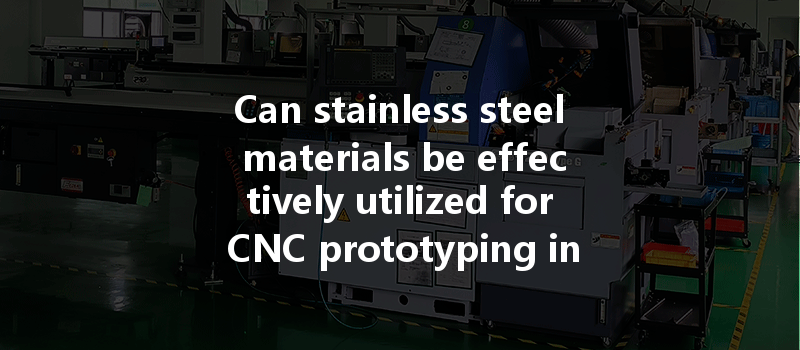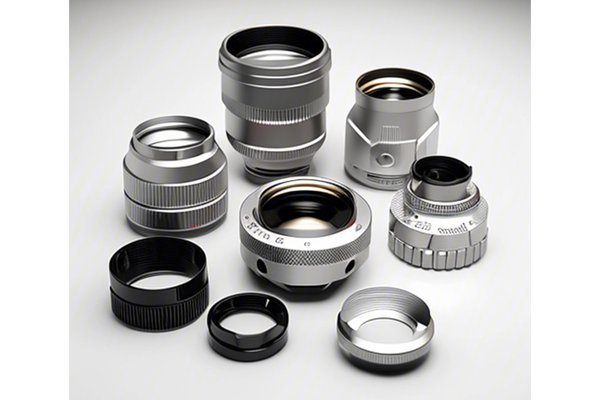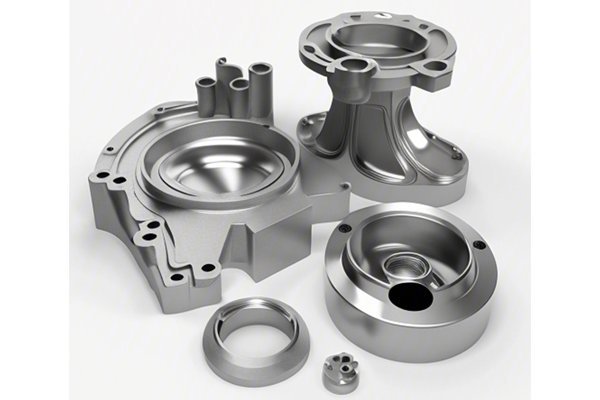Did you know that stainless steel accounts for more than 70 million tons of metal production globally each year? This remarkable figure highlights its prominence across various industries, particularly in manufacturing and prototyping. Now, think about how often you’ve encountered stainless steel in everyday life—from kitchen appliances and cutlery to architectural structures and automotive parts. What makes stainless steel so versatile? The answer lies in its unique properties, which make it an ideal candidate for CNC (Computer Numerical Control) prototyping. In this blog, we will explore the ins and outs of CNC prototyping with stainless steel, diving into its benefits, applications, techniques, and how to ensure the optimal results.
Understanding CNC Prototyping
Before diving into the use of stainless steel in CNC prototyping, let’s first clarify what CNC prototyping entails. CNC prototyping is a method of creating a physical part or model from a digital design. This process involves the use of various materials, and the design is executed with high precision by automated machines controlled by computer software.
Why Use CNC Prototyping?
CNC prototyping offers several advantages:
Why Stainless Steel?
Key Properties of Stainless Steel
Stainless steel is favored in CNC prototyping for several reasons:
Common Applications of Stainless Steel CNC Prototyping
Stainless steel is utilized extensively across various industries through CNC prototyping:
Techniques in Stainless Steel CNC Prototyping
To effectively utilize stainless steel in CNC prototyping, understanding the techniques involved is crucial. Below, we’ll look at the different stages and techniques involved in the CNC prototyping process.
Design
The first step in CNC prototyping is creating a computer-aided design (CAD) model of the part. This model should include all the necessary details such as dimensions, tolerances, and any intricate design features.
Tips for Optimal Design

Machining
Once you have your design, the next step is to convert that design into a format readable by CNC machinery. The typical process includes:
Key Considerations During Machining
Finishing
Once the part is machined, finishing processes are often applied to enhance aesthetics and surface quality. Common methods include:
Challenges and Solutions in Stainless Steel CNC Prototyping
While CNC prototyping with stainless steel offers many advantages, it isn’t without challenges. Below are some common issues and potential solutions.
Tool Wear
Challenge: Stainless steel can be abrasive, leading to tool wear that can affect accuracy.
Solution: Regularly inspect and replace dull tools, utilize coated tools that offer enhanced durability, and manage cutting parameters precisely.
Heat Generation
Challenge: Excessive heat during machining can lead to warping or degraded material properties.
Solution: Employ proper coolant methods and control feed rates to manage heat levels effectively during machining.
Design Complexity
Challenge: Highly intricate designs may pose challenges during the machining process.
Solution: Collaborate with experienced CNC providers who specialize in complex designs and can advise on achievable tolerances.
In conclusion, stainless steel materials are indeed effective for CNC prototyping in various applications, offering durability, aesthetic appeal, and the ability to withstand different environmental conditions. By understanding the key properties of stainless steel, the techniques involved in machining, and potential challenges, businesses can successfully harness these benefits to create prototypes that meet their needs.
By recognizing the importance of precision machining, optimal tool selection, and proper temperature management, companies can enhance their prototyping processes. As you navigate the ever-evolving landscape of manufacturing and prototyping technologies, consider the significant role that CNC machining with stainless steel plays in ensuring high-quality, reliable prototypes. Reflecting on the information shared, it’s clear that the strategic application of stainless steel in CNC prototyping is not only a commercial necessity but a pathway to innovation across multiple industries. Make sure to keep these principles in mind next time you embark on a CNC prototyping project, enabling you to optimize your results effectively.






